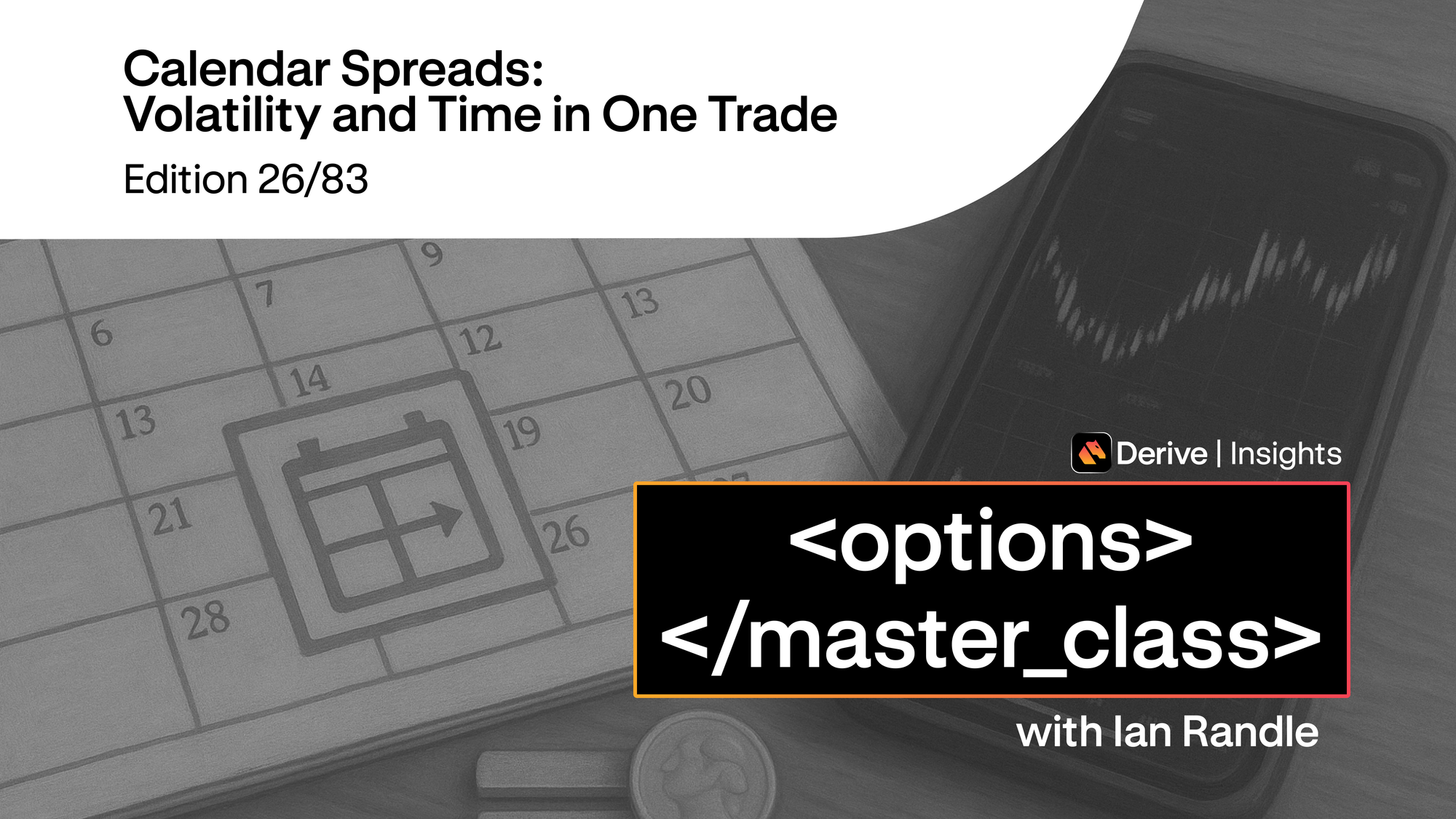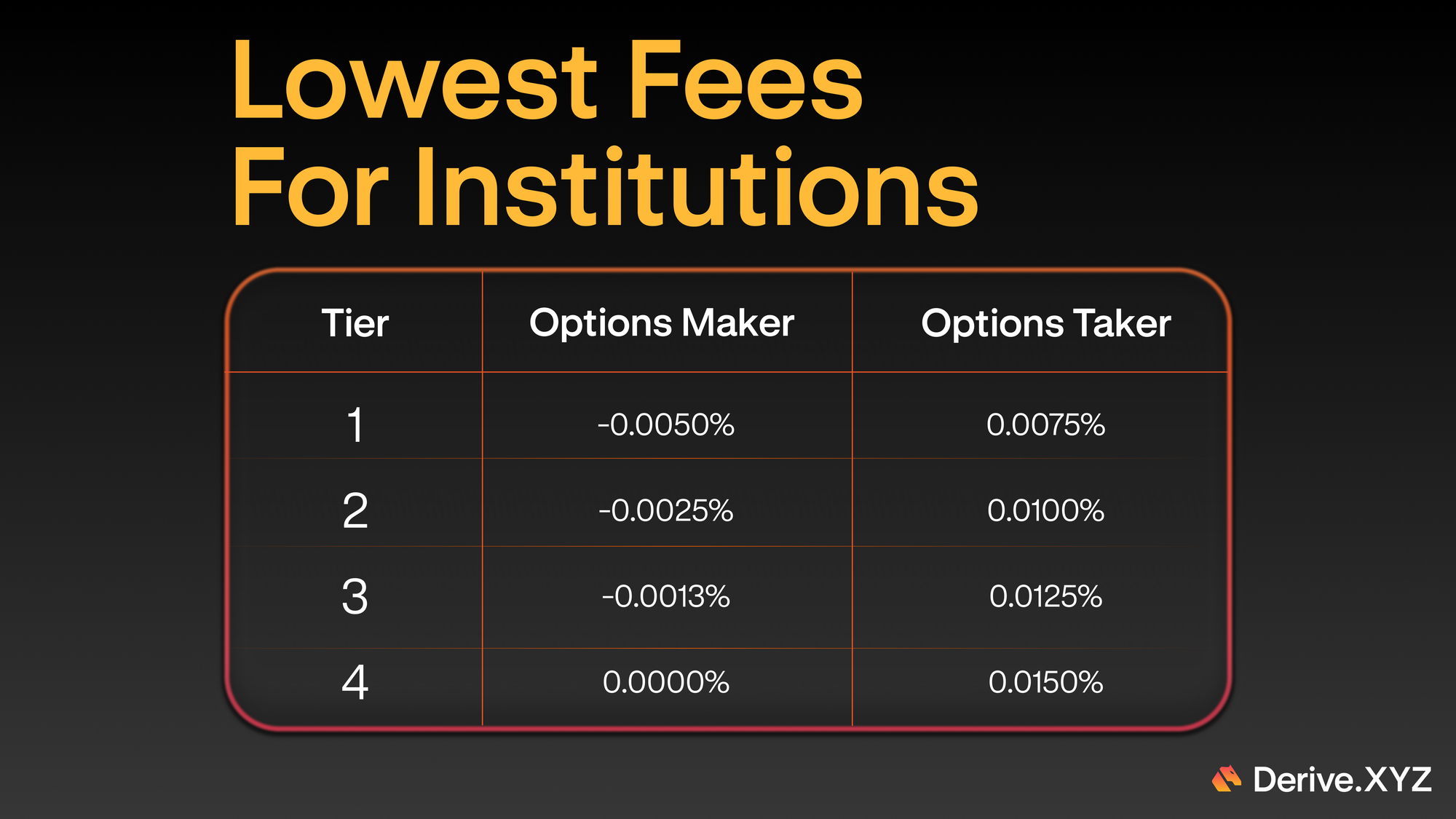Trade near-term and long-term volatility in one position, and use time as an edge.
So far, most of our spreads have focused on a single expiry.
Calendar spreads take things further, letting you trade differences in time and volatility across two expiries.
A calendar spread is a favorite for traders who want to profit from time decay or bet on volatility changes at different horizons.
What Is a Calendar Spread
A calendar spread (also called a time spread) involves:
- Selling an option with a near-term expiry
- Buying an option with a longer-term expiry
- Both options have the same strike and same type (call or put)
The result is a position that is:
- Long volatility in the longer-term contract
- Short volatility and high Theta in the near-term contract
How Calendar Spreads Work
- If the underlying stays near the strike, the short-term option decays quickly
- The long-term option retains value
- The position profits if price lands near the strike at the near-term expiry
If price moves sharply early, the short option may go in the money, but you are still covered by the long-term leg.
Calendar Spread Use Cases
- Earnings or event plays: Sell front-month premium, buy back-month premium
- Volatility trades: Profit from the difference between implied volatility in different months
- Neutral strategies: Position for a range-bound move in the short term
Risks and Rewards
- Maximum profit occurs if price lands near the strike at the front expiry
- Losses are limited to the net premium paid
- If volatility rises in the back month or falls in the front month, the spread can gain value
- Large moves can hurt, but not as much as an outright short
On Derive
- Build calendar spreads by selecting two expiries at the same strike
- Monitor Greeks for both legs in the portfolio panel
- Track how your position responds to time decay, volatility shifts, and price movement
- Use subaccounts to manage and isolate time-based strategies
Your Action Today
- Try building a calendar spread on BTC or ETH
- Sell a call or put in the nearest expiry, buy the same strike in a later expiry
- Monitor the trade as front-month Theta decays and back-month Vega persists
- Think about event dates and volatility curve differences
Tomorrow, we will look at butterfly spreads, a way to create tight, targeted trades with limited risk and precise payout zones.
Coming tomorrow:
Day 27 – Butterfly Spreads: Pinpointing Price with Limited Risk
Hasta manana
Cpt


















